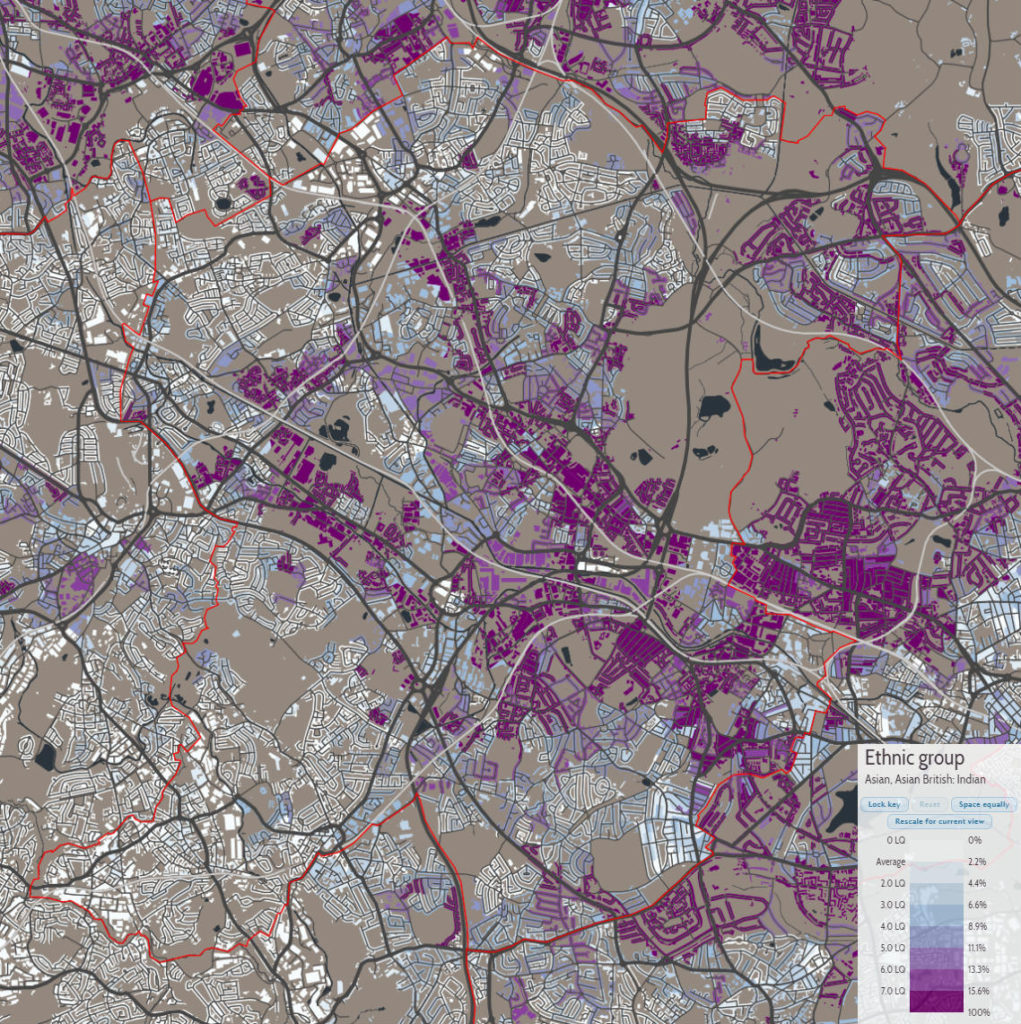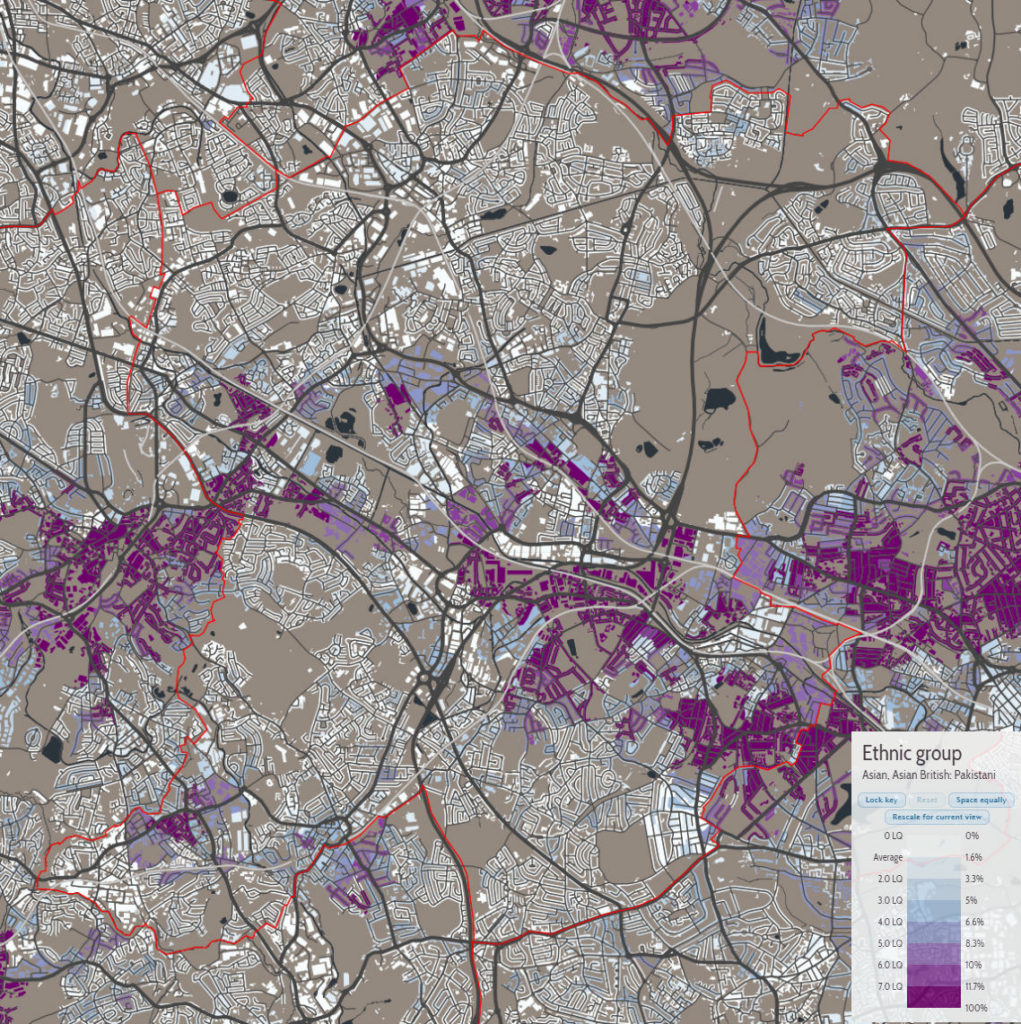The Conservatives have secured a large majority in the 2019 General Election. A significant component to their success has been winning over voters which have not traditionally voted Conservatives, particularly amongst members of the working class in northern parts of England and Wales.
While Brexit played a significant role in this, it is also important to acknowledge other policy shifts which have contributed. Boris Johnson’s Government has promised to break with the austerity that defined the 2010s, pledging more public spending, particularly for key public services such as the NHS and schools. Furthermore, with commitments to raise the minimum wage and infrastructure spending, Boris Johnson’s Government appears to be more economically interventionist than previous Conservative administrations.
As the 2020s begin, it is worth reflecting on public expectations of and priorities for the new Conservative Government. Many promises have been made by the Conservatives during the election, especially for its new group of supporters on modest incomes. To what degree does the public expect these promises to be delivered? Are there policies which the public thinks would be of particular help to people on low and middle incomes, and to those living in areas described as ‘left behind’? And are there policy areas to which the public wants the Conservative Government to give greater priority to?
To answer these questions, we have conducted public polling, in partnership with Opinium, to examine public expectations of and priorities for the new Conservative Government.
Methodology
Polling was undertaken by Opinium and conducted between 20th and 30th December 2019, immediately after the General Election. It consisted of one nationally representative sample of 2,003 UK adults. From this overall sample we also have subsets of those who have voted Conservative (711), Labour (561) and Liberal Democrat (205) in the 2019 General Election. The sample was weighted by Opinium to reflect a nationally representative audience.
For nearly all questions, respondents could answer ‘Don’t know’. These responses are not shown in the below graphs for stylistic reasons. However, a link to the full data tables can be found at the bottom of this piece.
- Public expectations of the Conservative Government
In 2019, the Conservatives won record levels of support amongst those who are on low incomes. Despite this, the UK public is most likely to believe that the richest in society will do best under the new Conservative Government, with almost half (44%) indicating this, as Chart 1 indicates. In contrast, only 13% of the UK public believe that the working class will do best, and only 2% believe the poorest will do best.
However, as Chart 1 indicates, expectations of who will do best are heavily informed by political views. Conservative voters have notably different perceptions, believing first the middle class will do best (31%) and second the working class will do best (23%), while in contrast, more than three-quarters (76%) of Labour voters think the richest will do best.
As can be seen in Chart 2, the UK public is fairly pessimistic about the next five years. A majority of the UK public expects levels of undesirable trends – poverty (72%), crime (71%), inequality (71%) and national debt (72%) – to increase or stay the same.
There is slightly less pessimism around the British economy: a slight majority expect the number of businesses (51%) and jobs (57%) to increase or stay the same, and a significant 70% expect wages to increase or stay the same over the next five years.
Furthermore, a minority (34%) of the UK public expect immigration to decrease under the new Conservative Government, despite this being a pledge in the recent Conservative Party manifesto.
There is a range of expectations in relation to high-profile policy promises that the Conservatives made during the 2019 general election campaign. As can be seen in Chart 3 below, a majority of the UK public expect the Conservatives to raise the National Insurance threshold to £12,500 (57%), to increase the national minimum wage to £10.50 (52%) and to reduce the number of low-skilled immigrants coming to Britain (54%).
However, there is more scepticism on other high-profile commitments made by the Conservative Party. A majority of the UK public do not expect the Conservatives to deliver on ending rough sleeping (68%), a complete roll-out of fibre broadband (54%), and 50,000 more nurses (51%).
2. Public priorities for the Conservative Government
With the emphasis on Brexit during the 2019 general election campaign, it is unsurprising that a clear majority of both the British public (58%) and Conservative voters (62%) expect passing the Brexit legislation and leaving the EU to be the main priority for the new Conservative Government, as Chart 4 below shows. The NHS comes a distant second at 10% for all and 13% for Conservative voters. Labour and Liberal Democrat voters also have a similar view, with the majority (58% and 67% respectively) believing that Brexit will be priority. When discussing the main priority for increased public spending, the NHS comes significantly ahead of all other areas, as seen in Chart 5 below, with a firm majority of both the British public (57%) and Conservatives (58%) choosing it.
When discussing the main priority for increased public spending, the NHS comes significantly ahead of all other areas, as seen in Chart 5 below, with a firm majority of both the British public (57%) and Conservatives (58%) choosing it.

We tested public perceptions of whether the Conservative Government would and should prioritise key policy issues. As seen in Chart 6 below, the UK public is more likely to expect Boris Johnson’s Government to place low priority on almost all key policy issues, including climate change (47%), air pollution (48%), race and gender discrimination (57%), childcare (52%), pension reform (47%), Universal Credit (48%), integration of immigrants (46%) and human right violations abroad (61%).
The only key policy area polled which the UK public are more likely to expect to be high priority than low priority is social care, with 41% stating this.
Hence, there is a significant gap between the level of priority that the UK public expects and wants to place on these key policy issues. The key policy issue the UK public wants to be a high priority is social care, with 73% wanting it to be a high priority issue. Coming joint second, 64% of people want climate change and air pollution to be a high priority issue. In addition, 58% of the public want pension reform to be a high priority issue, closely followed by childcare (55%) and Universal Credit (55%). 
3. Public priorities for supporting those on modest incomes
The British public is fairly divided on what the new Conservative Government should prioritise to support those on low and middle incomes.
As seen in Chart 7 below, investing more in public services is the most popular choice among the UK public, with 27% believing this to be the best priority to support those on low and middle incomes. Next, 23% saw increasing the minimum wage as the priority for those on low and middle incomes, followed in third place by 16% of the UK public believe that cutting taxes is the best option.
Notably, as Chart 7 illustrates, Conservative voters are almost equally split between these three top choices, but with increasing the minimum wage their preferred choice with 27% reporting this, followed by investing more in public services at 26%.

The variation of views on priorities across different income bands is also notable, as can be observed in Chart 7a below. Generally, those with lower incomes are more likely to report increasing the minimum wage than any other measure. For example, those earing below £10,000 and between £10,000 and £20,000 a year are more likely to say the increase in the minimum wage should be the priority compared to other priorities, including investing more in public services but especially cutting taxes.

Since the vote to leave the EU in the 2016 referendum, there has been a determination by politicians and policymakers – including in the Conservative Party – to better support so-called ‘left behind’ areas, which refers to a variety of post-industrial and coastal areas across England and Wales.
When thinking about what would best help these ‘left behind’ areas, the UK public is also fairly split, though some options are notably more popular than others. As Chart 8 indicates, incentivising new businesses to move into such areas is the top choice among the UK public, with 42% supporting this. Investing more into public services is the second most favoured option and supported by 33%. In joint third is improving transport connections and funding training schemes, with both receiving support from 30% of the UK public.
There is some variation across voters of different parties, with a majority of Conservatives viewing incentivising new businesses (51%) as one of the best ways to help people in ‘left behind’ areas, while Labour voters were more likely to choose investing in public services (44%). However, many of the prescriptions share relatively similar levels of support across the political spectrum. 4. Public perceptions of the Conservative Party
4. Public perceptions of the Conservative Party
The perceptions of the Conservative Party in the 2020s are quite varied, though their focus on Brexit has successfully entered public perception, with the description of ‘a Brexit party’ being the one used by most by UK respondents (39%). Chart 9 below demonstrates this. The next popular descriptions used are ‘an elitist party’ (27%) and ‘a far-right party’ (20%), but also ‘a one-nation party’ (16%).
It is worth noting that there is significant variation by how people voted in the last election, as Chart 9 highlights. Negative descriptions, especially of the Conservative Party being ‘elitist’ and ‘far-right’, are largely driven by voters of other parties. Conservative voters are more likely to report the Conservative Party as ‘a Brexit party’ (34%), ‘a one-nation party’ (31%), ‘a people’s party’ (25%) and ‘a moderate party’ (21%).  Conclusion
Conclusion
This polling is a snapshot of UK public opinion at the start of the 2020s. It should be seen primarily as a warning for the Conservative Government, highlighting that the trust placed in it by its new voters in northern England and Wales is fragile. The Prime Minister is right to say that first-time Conservative voters have lent their support to him; he now needs to earn their trust.
Overall, the public is pessimistic about the direction of societal and economic issues over the next five years and believes that the Conservative Government will deliver on only some of the promises made during the 2019 general election campaign. There is a significant expectations gap on a range of environmental, social and welfare issues, with many wanting the Government to give them a higher priority than what is currently expected.
At the same time, this polling suggests that the Conservative Government has significant room to exceed people’s expectations. The public’s policy priorities on helping those on low and middle incomes and left-behind areas are mostly in line with the Conservative Government’s agenda, including investing in key public services, improving transport connections and training opportunities, and attracting business investment. Should the Conservatives deliver on this domestic agenda, they are likely to maintain the trust of their new electoral coalition.
Anvar Sarygulov is a senior researcher at Bright Blue
Notes:
The full data tables for the polling can be found here.
We are grateful to Opinium for advising on and carrying out the survey.













